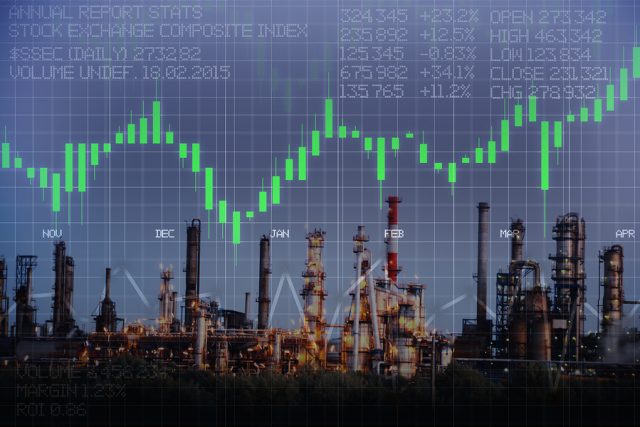Actually, there are currently more than enough crude oil in the storage tanks of most states and refineries. Nevertheless, the quotations for the “black gold” climb to its highest level in two months. Market participants are afraid of coming supply bottlenecks.
The price of North Sea Brent on Tuesday increased 1.4 percent to a two-month high of $79.69 a barrel. WTI temporarily increased in price by two percent to $ 71.22. A whole bundle of events and developments provided for it according to analysts and the trend could go on quite well.
A hot topic for the small price rally is hurricane Gordon, which is heading for the US Gulf Coast. Several oil rigs in the Gulf of Mexico have already been evacuated. Even if analysts consider a “significant” disruption of production and transport flows to be unlikely, even this “residual risk” is already causing upward spikes on the sensitive forward markets.
Much more likely are supply-side problems due to Iran’s reduction in oil exports. The US sanctions against the country are having an effect here in a shortage situation. Even in the crisis-ridden states of Libya and Venezuela, there are always noticeable failures.
The current trend towards shortages is aggravated by the fact that production volumes in the USA are currently not rising. US companies are apparently unwilling to expand their capacity and develop new wells, at least the energy experts at Barclays Bank assess the situation.
Developments in the stock market are primarily in the hands of the oil multinationals, whose prices rise in line with the prices on the futures market. Higher world market prices mean higher consolidated profits for them.
For consumers, the development has a rather disadvantageous effect: costs for heating oil are closely tied to the world market price for crude oil and gasoline prices have even reached a high for the year in Germany. They remain hopeful for the seasonal slowdown in oil prices in the fall. Statistically speaking, oil prices regularly reach an annual high in October, followed by a price decline until the New Year.










